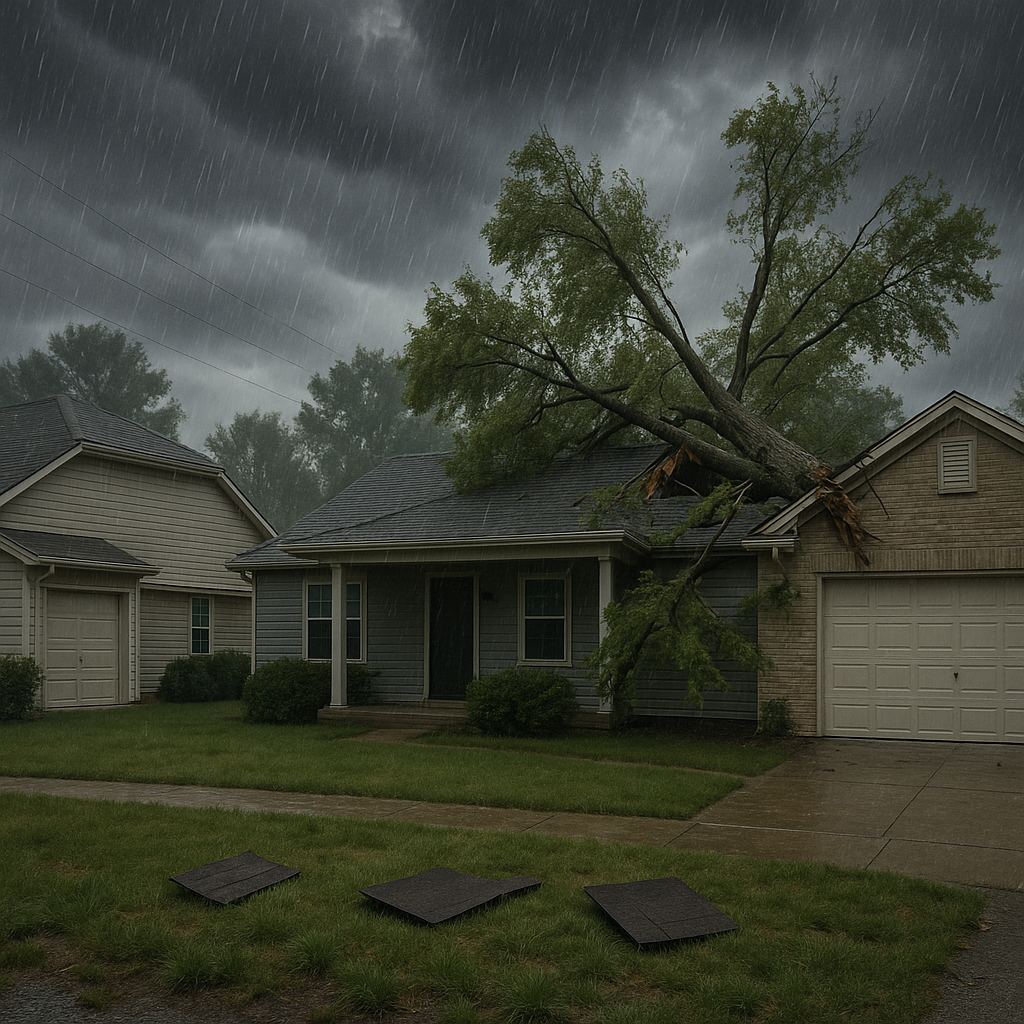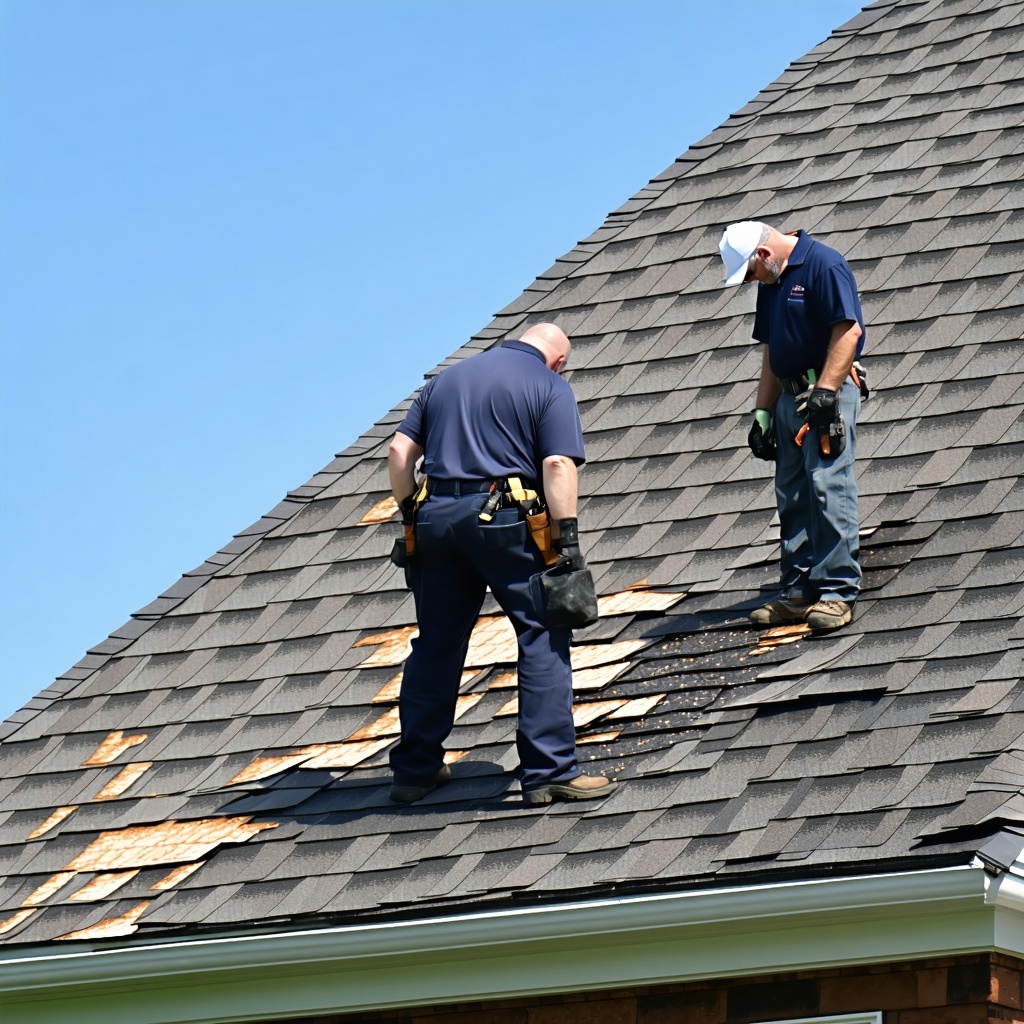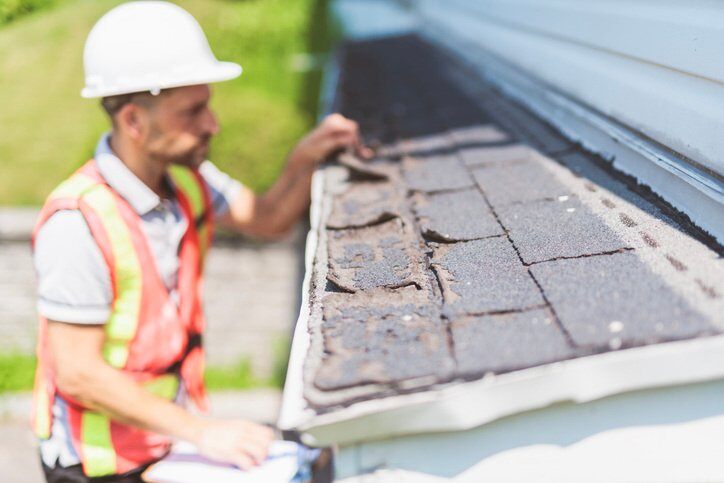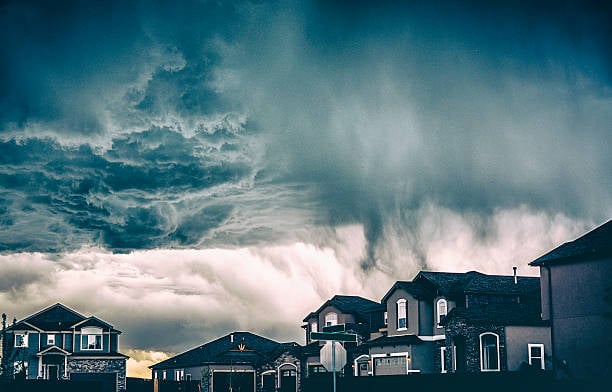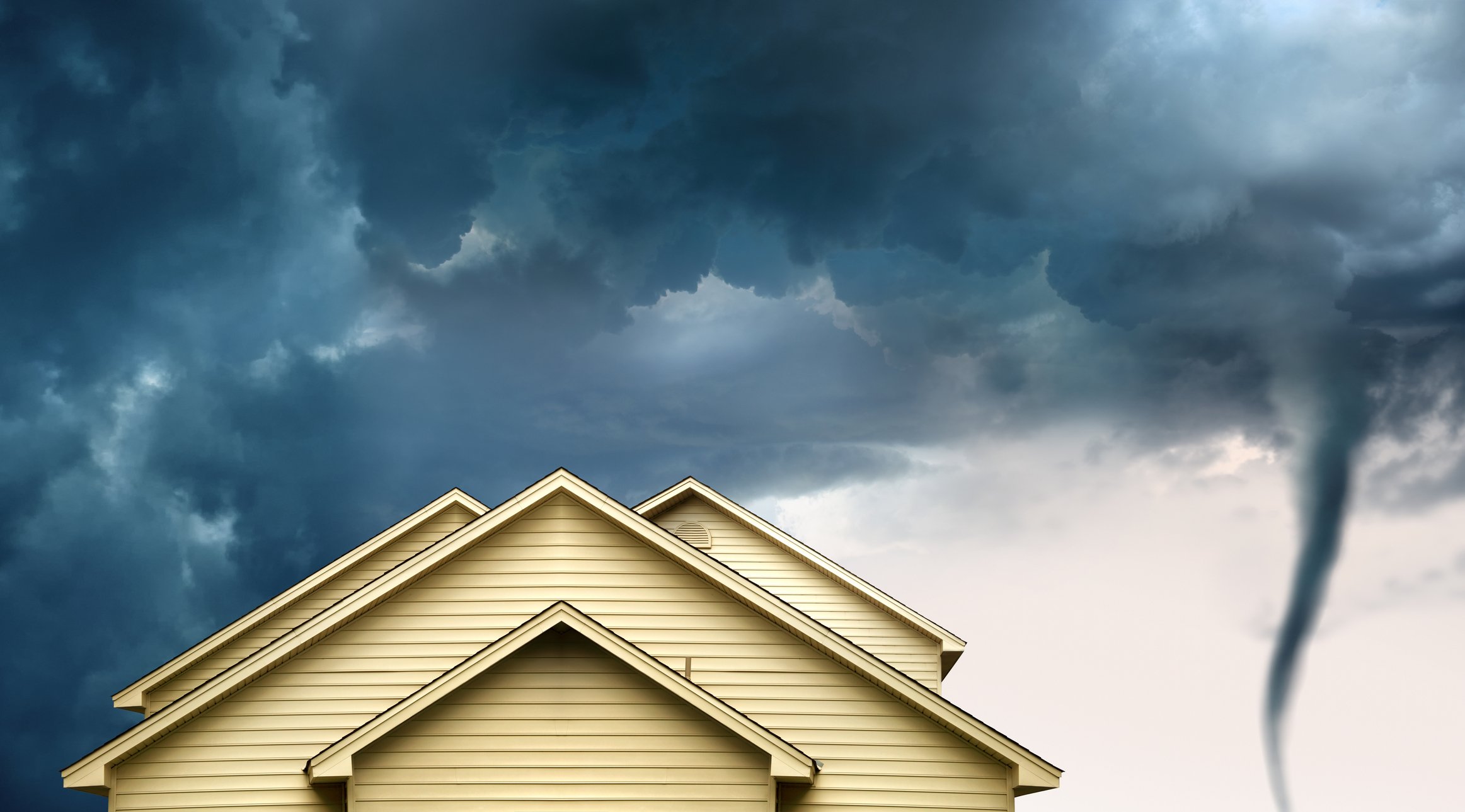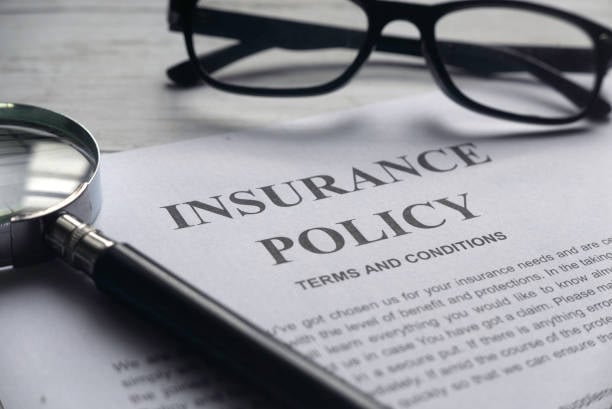ACV vs. RCV: What is the Best Type of Homeowners Insurance for a Roof?
February 28th, 2024
3 min read

When it comes to finding the right insurance coverage for your roof, you may feel uneasy with all of the technical jargon and acronyms associated with choosing a plan.
Plus, the added stress of the unknown. Most of the time you do not know the scenario that will cause you to file an insurance claim.
Having helped around 300 customers each year file their insurance claims – we’ve seen it all at Linta Roofing.
After working with so many individuals that have been negatively affected by their insurance coverage, we see an opportunity to save you some financial heartache. So while your insurance coverage does not affect our ability to provide you with a beautiful new roof, we’d like to extend peace of mind by sharing information about insurance coverage and which type we see work well for our customers.
| When it comes to choosing insurance coverage, there are 2 types: ACV (actual cash value) or RCV (replacement cost value) |
We find that our customers are very happy with RCV coverage.
Ultimately, we know that providing you with all the information about ACV and RCV insurance will help you make the right decision for your home.
Why We Suggest RCV When it Comes to Roofing Projects
The reason we at Linta Roofing suggest RCV over ACV insurance is because when you have damage to your home from a storm, those damages are going to be repaired in today’s dollars.
This means that the costs associated with your replacement are calculated based on the present-day cost of labor, materials, and services.
RCV is a safer bet in the Myrtle Beach area because we often have extreme weather events. With the frequency of storms we suggest RCV coverage is better and in the instance of a claim you will likely pay less out of pocket. However, it is important to note that the premium on RCV insurance will be around 20% higher than ACV premiums.
Even with the increased price on the premium, it is still very much worth the investment living in a storm-prone coastal region like Myrtle Beach.
For example, let’s say your insurance premium is $1,200. Adding around 20% to that is around $240 per year. So while it slightly increases your premium, it also ensures that the damage to your home is valued in today’s dollar whenever you have storm damage.
While this is our suggestion, it is vital to compare ACV to RCV to help you determine the best insurance coverage for you before making a final decision.
How Does ACV Coverage Impact a Repair on Your Roof After a Storm?
ACV depreciation reflects the economic reality that assets lose value over time.
When you purchase a home, it has an initial value. Whatever value was assigned to your home when you bought it will depreciate over time. This is due to various factors including wear and tear.
This refers to the principle that when an insurance claim is made for damages to your roof, the insurer will assess the value of the loss based on the depreciated value of the damaged items, rather than their original cost.
This means the value of your loss is adjusted downwards to reflect its true worth in the current market.
For example, if a major storm were to occur and cause you a $30,000 loss, it could be depreciated by 50%. This means you could end up paying the depreciation and your deductible – in this scenario you could pay $25,000+ out-of-pocket when you factor in your deductible.
What to Do if You Realize You Have the Wrong Coverage
The insurance agreement you have with your carrier covers a year. So the bad news is if you are unhappy with your coverage, you won’t be able to change it right away. However, if you have decided you would like a different coverage plan, you can change these details once this year’s plan is up for renewal.
If you are reading this article because you have damage to your home, the loss is going to be determined by your current coverage plan. If you know your coverage is not the most economically efficient – fear not, there are ways to finance your roof to alleviate the sudden burden.
Not only that, but now you have the knowledge and the tools to make decisions that best work for your home moving forward.
Choosing Between ACV vs. RCV Insurance Coverage
Because the Myrtle Beach area is prone to storms, it puts residents in a position to be selective when choosing the right insurance coverage plan for their home. Because there are so many insurance terms the average person is unaware of, it can be easy for someone to choose a plan that does not best suit the area they live in.
Now that you know our take on the topic of insurance coverage, you may be wondering “how do they know so much about the insurance process?” and the reason is because we help guide our customers through the insurance process to support them every step of the way. Not only that, but we prepare our customers by educating them on the most important information for them to know before they file an insurance claim.
Whether you are reading this article because you would like to understand your current insurance coverage policy or you’re up for renewal, we are happy to support you through your roofing journey.
Jeffrey Linta is a 3rd generation roofer who grew up working in his family's roofing business (Linta Roofing, Inc.). He got his start tearing off roofs during the summer while attending North Myrtle Beach High School. Now running one of the most successful roofing businesses in the Grand Strand area, Jeffrey has lived and breathed roofing for his entire working career. Some of his accolades include GAF Master Elite Contractor, SC Safehome certified contractor, Group 5 SC Licensed Commercial Contractor, and GAF Master Commercial roofing contractor. Under his leadership, Linta Roofing, Inc. has served thousands of homeowners and business owners in the Grand Strand area. Linta Roofing achieved awards like the Sun News’s “Best of the Beach” and A+ Rating with the Better Business Bureau all while receiving hundreds of 5-star reviews year after year. Jeffrey is a Grand Strand born and raised local. When he is not running Linta Roofing, he spends time fishing with his wife Erica and walking the beach with his dog Dixie.
Topics:

